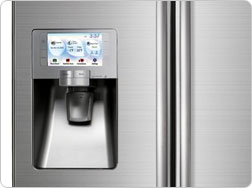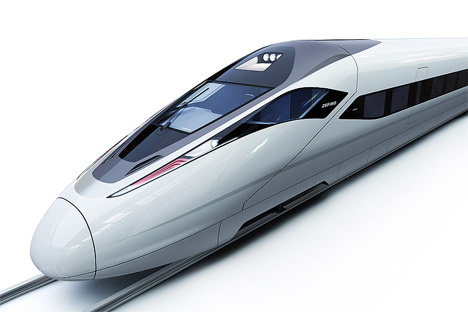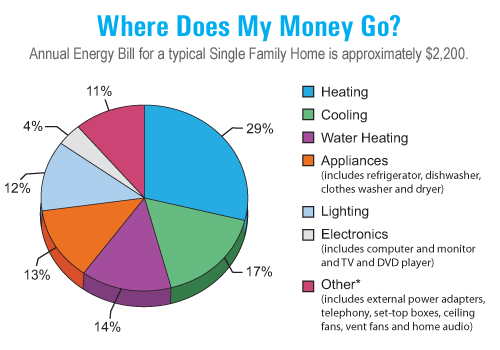It should come as no surprise that someone is thinking about applying P2P technologies to household appliances. The [[gedankenexperiment]] (In the 12th grade I learned about Quantum Physics using this technique – If twins were separated at birth and one was put on a rocket that traveled at 1/2 the speed of light away from the earth…) of exploring what if scenarios is something I have always loved to do.
 I postulated in 1996 that the reason we would put an IP address on a refrigerator was to provide 'point-of-use advertising.' To suade you to choose the milk and not the orange juice… …of course, it wasn't until 2008 that Samsung created a fridge with a built-in monitor.
I postulated in 1996 that the reason we would put an IP address on a refrigerator was to provide 'point-of-use advertising.' To suade you to choose the milk and not the orange juice… …of course, it wasn't until 2008 that Samsung created a fridge with a built-in monitor.
But in this ArsTechnica.com article about the Australian research agency developing the system of fridges negotiating with each other before they go into defrost cycles to even out power demand in a city. Fridges and freezers represent 16% of household power consumption – as much as household lighting and other appliances, so it makes sense to focus on improving their efficiency.
We will need to develop time-shifting power practices because it will be cheaper to move power demand (dishwasher and electric car recharge at 1 am, for example) than it will be to build more coal-fired plants or more nuclear plants.











